Hydrangeas are a stunning addition to any garden, offering lush foliage and large, captivating blooms. However, sometimes gardeners face the puzzling question: “Why is my hydrangea not blooming?” This can be particularly frustrating when you’ve invested time and effort into their care. Unlocking the secret to vibrant hydrangea flowers often lies in understanding the common issues these plants face and implementing the right solutions.
Whether it’s an issue with sunlight, pruning, or watering, addressing these problems can lead to a healthy plant that rewards you with its full blooming potential. In this article, we’ll explore 5 potential problems and solutions to help you enjoy the full beauty of your hydrangea plants.
Why Are My Hydrangeas Not Blooming—and How to Fix It?
There are multiple reasons why your hydrangeas may not be blooming. It could be due to improper pruning, lack of adequate sunlight, or even the wrong soil conditions. To fix this, it is essential to identify the specific cause and apply the appropriate solution.
For instance, if they are not receiving enough light, consider relocating your plants to a brighter area. If pruning is the issue, make sure to prune at the correct time of year – after blooming for varieties that flower on old wood, and in late winter or early spring for those that bloom on new wood.
Adjusting soil pH can also encourage blooms. Hydrangeas prefer slightly acidic to neutral soil, and altering the pH can sometimes trigger flowering. If you’re unsure about the pH level of your soil, a simple test can help you make the necessary adjustments.
What Factors Affect Hydrangea Blooms?
Several factors can influence the blooming of hydrangeas. From the amount of sunlight they receive to how they are pruned, each element plays a crucial role.
Hydrangeas thrive in environments with morning sun and afternoon shade, especially in hotter regions. The right balance of light can make a significant difference in bloom production.
Soil quality and moisture also impact the health of your hydrangeas. They prefer well-draining soil that retains moisture without becoming waterlogged.
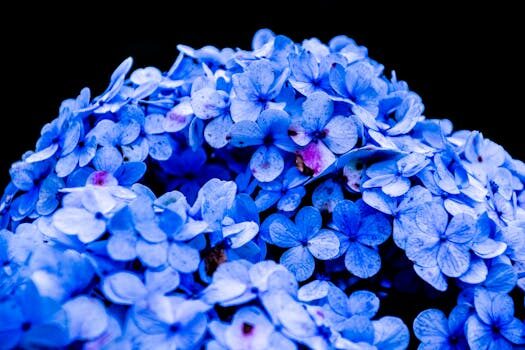
Furthermore, the timing of your pruning can either enhance or hinder your hydrangea’s ability to bloom. Pruning at the wrong time can inadvertently remove the buds that would have developed into flowers.
How Does Sunlight Influence Hydrangea Flowering?
Sunlight plays a vital role in the flowering of hydrangeas. These plants generally need 3 to 6 hours of direct sunlight daily to bloom optimally, though the exact requirements can vary by species.
Too much sunlight can lead to scorched leaves, while too little can prevent the plant from producing enough energy to develop blooms. If your hydrangeas are planted in a location with excessive sun exposure, consider adding a shade cloth or relocating the plant to a more suitable area.
On the other hand, if your hydrangeas are too shaded, pruning nearby trees or shrubs might provide them with the necessary amount of sunlight.
What Are the Common Hydrangea Problems That Prevent Blooming?
Aside from sunlight and pruning, other issues can affect your hydrangea’s ability to flower. A common problem is inappropriate fertilization; too much nitrogen can lead to lush green growth at the expense of blooms.
Another issue is the plant’s age. Young hydrangeas or those that have been recently transplanted may take a few years to start blooming as they establish themselves.
Cold damage is also a concern, particularly for varieties that bloom on old wood. A late frost can kill the developing buds, resulting in a bloom-less season. Protecting your hydrangeas with burlap or other coverings during unexpected cold snaps can help preserve the buds.
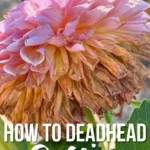 Deadheading dahlias: what to do when your blooms fade
Deadheading dahlias: what to do when your blooms fadeHow to Properly Prune Hydrangeas for Maximum Blooms?
- Identify the type of hydrangea you have; this determines whether it blooms on old or new wood.
- For old wood bloomers, prune right after the flowers fade in summer but before August to avoid cutting off next year’s buds.
- New wood bloomers can be pruned in late winter or early spring before new growth starts.
- Remove only dead wood and thin out crowded branches to encourage airflow and light penetration.
- Avoid over-pruning, which can stress the plant and reduce flowering.
When Should I Water My Hydrangeas for Best Results?
Hydrangeas require consistent moisture to thrive and bloom. They should be watered deeply once a week, with more frequent watering during hot or dry periods.
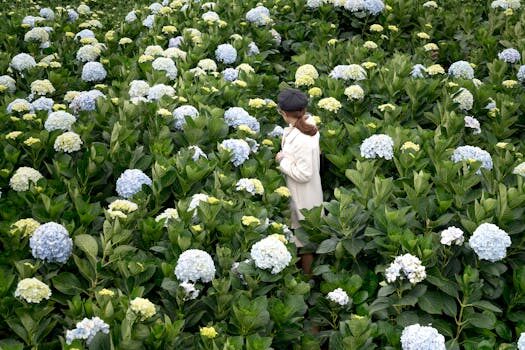
Morning watering is ideal as it allows the foliage to dry before nightfall, reducing the risk of fungal diseases. Ensure that the water penetrates deeply into the soil to encourage robust root growth.
Avoid overhead watering to minimize leaf wetness and potential disease. Instead, use a soaker hose or drip irrigation to deliver water directly to the base of the plant.
What Are the Best Hydrangea Varieties for My Garden?
Choosing the right hydrangea variety for your garden depends on your climate and the specific conditions of your garden. Popular varieties include:
- Bigleaf hydrangeas (Hydrangea macrophylla), which are known for their large, colorful blooms and preference for morning sun and afternoon shade.
- Paniculata hydrangeas like ‘Limelight’, which are more sun-tolerant and bloom on new wood, making them easier to care for in some climates.
- Smooth hydrangeas (Hydrangea arborescens), such as ‘Annabelle’, are known for their large white blooms and ability to thrive in shadier areas.
- Mountain hydrangeas (Hydrangea serrata), which are similar to bigleaf hydrangeas but more cold-hardy and suitable for cooler regions.
Here’s a helpful video to give you a visual guide on caring for your hydrangeas:
Related Questions on Hydrangea Care
What is the real reason hydrangeas don’t bloom?
The most common reasons hydrangeas fail to bloom include improper pruning, insufficient sunlight, and extreme weather conditions. Adjusting these factors can often lead to successful blooming.
Other factors, such as nutrient imbalances or pests, can also affect blooming. A soil test can help identify any nutritional deficiencies that need to be addressed.
What is the 1 3 rule for hydrangeas?
The 1/3 rule for hydrangeas suggests that no more than one-third of the plant should be pruned at any given time. This helps to maintain the plant’s health and prevent over-pruning, which can reduce blooming.
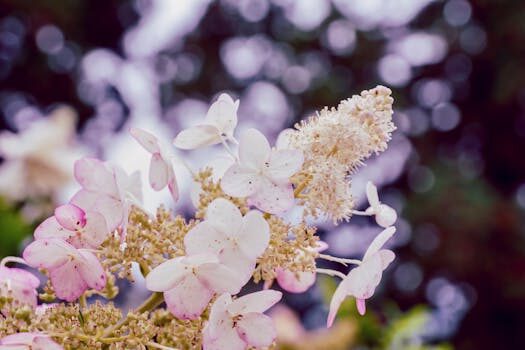
Following this guideline ensures that there are always enough buds left on the plant to produce flowers in the current or following year.
How to help a struggling hydrangea?
To assist a struggling hydrangea, first ensure it’s planted in the right location with the appropriate amount of sunlight. Next, confirm that the soil is well-draining and that you’re following proper watering practices.
Addressing any pest or disease issues promptly can also help a hydrangea recover. If necessary, amend the soil to provide the nutrients the plant may be lacking.
Is Miracle Grow good for hydrangeas?
Miracle-Gro can be beneficial for hydrangeas, as long as it’s used according to the manufacturer’s instructions. A fertilizer formulated specifically for hydrangeas or one that is lower in nitrogen and higher in phosphorus can encourage blooming.
Be cautious not to over-fertilize, as this can lead to lush foliage at the expense of flowers.
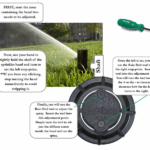 How to adjust sprinkler heads: top tips for success
How to adjust sprinkler heads: top tips for successUnderstanding the intricate needs of your hydrangeas is key to encouraging them to bloom. With these insights and solutions, you can address the question “Why is my hydrangea not blooming?” and enjoy the stunning floral displays these plants are known for.
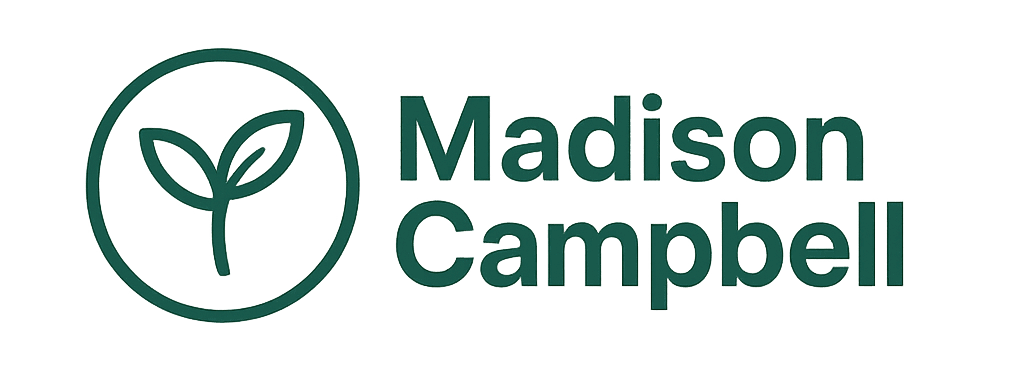
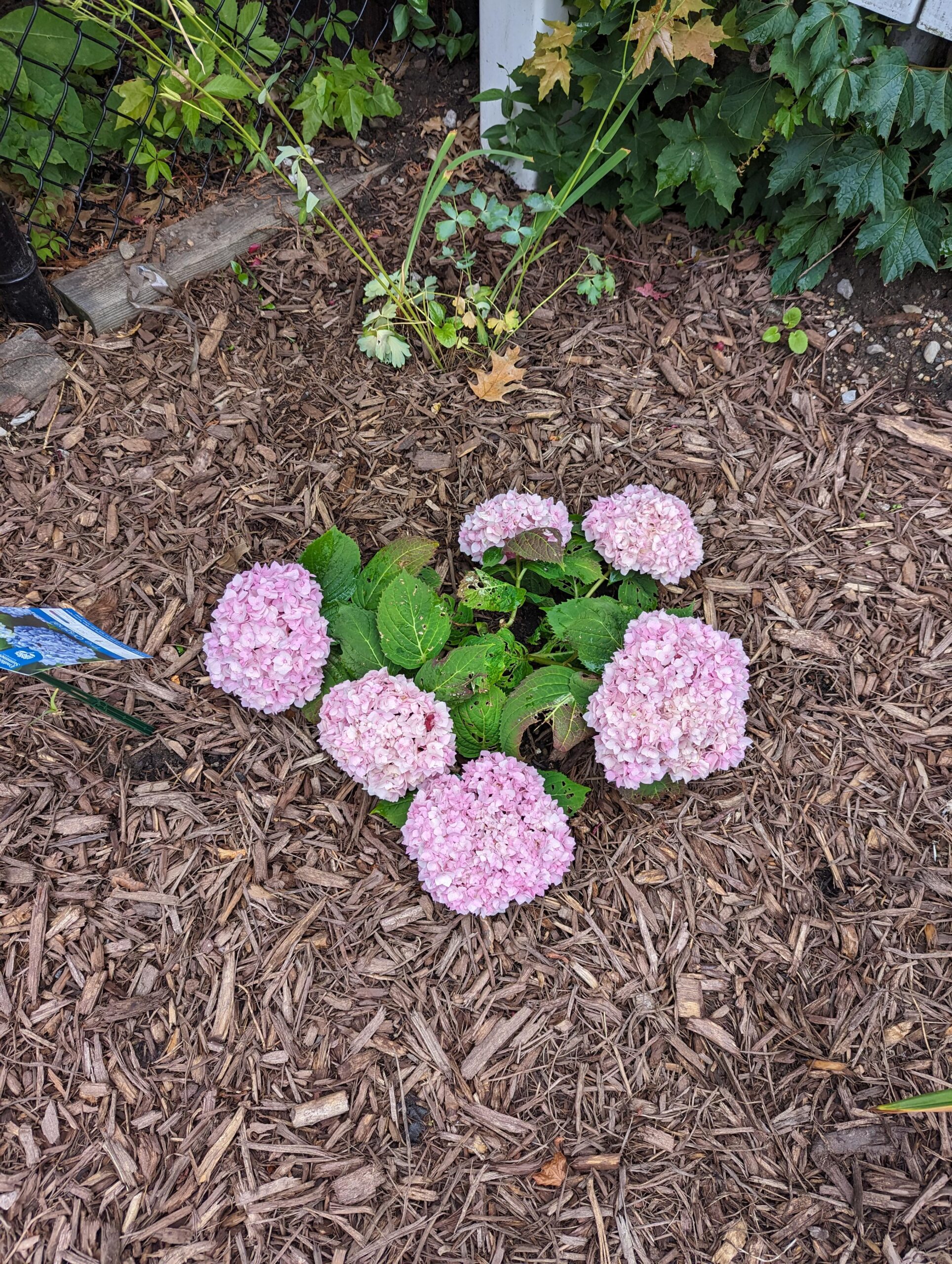
Thanks for breaking down the mysteries of hydrangea care! This post really clarifies a lot of the issues I’ve been facing with my own plants. The tips on sunlight and pruning are super helpful, and I had no idea how much soil pH could influence their blooming. Can’t wait to try these solutions and finally see my hydrangeas in full bloom!
Thanks for breaking down the common issues with hydrangeas not blooming! It’s super helpful to have clear solutions for each problem. I never realized how much the right balance of sunlight and proper pruning could impact blooms. Definitely going to try some of these tips to hopefully see my hydrangeas flourish next season. Keep up the great content!